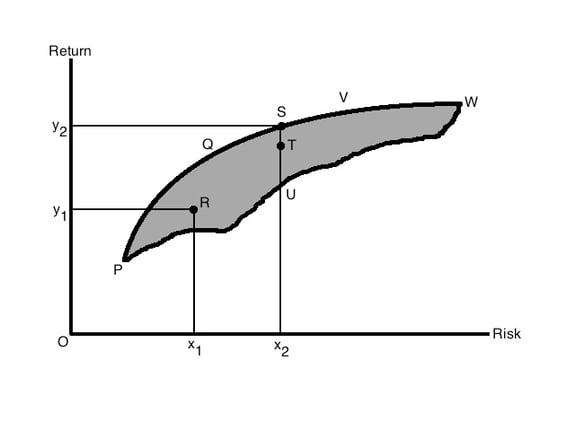For most companies, the fall is the time to make plans for the next year. The major puzzle piece in next year's plan is the budget - what income can we expect, what are our costs and how do we invest to ensure long-term income and costs develop favourably?
At Weoptit we don’t have this problem because our budgeting process is very straightforward. We take this year's forecasted actual values and put 10% on top. TA-DAH! And just like that, next year's budget is done.
For those of you with more complicated business models than that of IT consulting, I've prepared a handy guide on how to think about investments.
How should you choose where to invest when budgeting for next year?
The Corporate Finance 101 rule tells you to invest when the Net Present Value (NPV) is positive. If there are several options to choose from, rank them according to their NPV and tick items off the list until you run out of budget. Sounds fairly simple, however as far as I know, almost nobody does this.
There are several reasons why not.
Quantifying the benefits is hard, the benefits accrue over time in different ways, the investments require experts to look after them and so on. There may also be “mandatory” investments (like renewing outdated systems). These could of course be extracted from the investment considerations list for black & white cases, but there’s a significant grey area too.
To summarize, it can be a bit messy and requires human judgement.
Ok, that's interesting you say, but where's all that usual nerdy optimization stuff you like to write about?
Well it begins with the Markowitz model for portfolio optimization. Choosing where to invest is a portfolio selection problem, because you are making several decisions simultaneously. There’s a vast body of scientific knowledge on how to make the portfolio decision which is best aligned with your organization’s preferences. The hard part is quantifying those preferences and mapping out how your decisions affect them.
Portfolios are commonly associated with stock investing. Not surprisingly if you google “portfolio selection problem”, what you’ll find are scholarly articles about stock selection and similar finance stuff. That’s a completely arbitrary boundary though! The models are applicable for other choices as well. E.g. investing in a new CRM system is similar to buying stock in the sense that it has a cost, you expect to get some return on your investment and the return carries some uncertainty.
All other things being equal, you’d like to have more return and less risk. In Figure 1 the shaded area represents all possible portfolios while the efficient choices are on the upper left border of the area. Facing a selection between portfolios S, T and U in the figure, all decision-makers would prefer S since it provides the most return for the same risk.
Figure: Risk-return of possible portfolios (https://en.wikipedia.org/wiki/Markowitz_model#/media/File:Risk-Return_of_Possible_Portfolios.jpg)
So for budgetary choices you’ll want to at least know cost, risk and return. Development projects tend to be more complicated than stocks and you may need additional dimensions such as no. of technical experts required, payback time or strategic importance.
This causes a couple of problems. Firstly plotting these into a nice graph is hard without inventing additional spatial dimensions.
Secondly, when dealing with more than one dimension you need to do some more work before acquiring your “Top 3 investments for 2023” or top whatever list, since the ranking for multidimensional objects is ambiguous.
How to simplify BUDGETING?
1. Impose constraints (“We only have 3 available technical experts who we can allocate to new projects in 2023”, “At least one project of high strategic importance needs to be included”)
2. Make preferences explicit (“Reducing the payback time by 2 years is equally valuable as increasing return on investment by 15%”)
3. Only include options you are really considering. If the yes/no decision is already apparent, there’s no point in analyzing things further.
Do points 1-2 repeatedly until you only have one or two dimensions left. Then plot the results and use your intuition.
Does the end result make sense? If not, why?
Remember that models exist to explore dynamics and augment decision making, not to make the decisions for you. Happy budgeting!
TA-DAH! 😉
Interested in how we can help your business?
Contact Joonas (details below) and we'll get things rolling.
